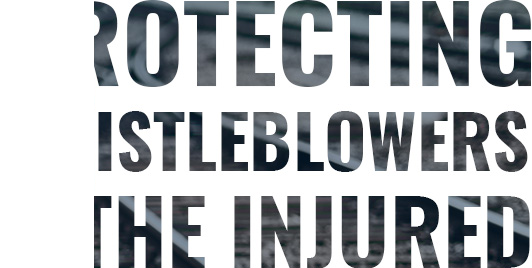Companies defraud the government by submitting false claims to different government agencies every year, causing the loss of hundreds of millions of dollars. In order to combat the problem of fraudulent claims, Congress passed the False Claims Act shortly after the Civil War.
Under the False Claims Act, people are able to report fraud against different government agencies that the agencies have not been able to discover on their own. They can do this by filing actions on behalf of the government called qui tam lawsuits. In qui tam claims, the plaintiffs are called relators and file the lawsuits on behalf of the government against the companies or individuals who have been defrauding the government.
If a company or individual is found to have submitted fraudulent claims to the government in violation of the False Claims Act, the government may recover three times the amount of damages and a fine of $10,000 for each violation. Relators may receive substantial awards from the government if the government recovers money from the violators. In order to file a qui tam action, relators must have inside knowledge of ongoing fraud that has not been previously discovered by the government or by others.
By providing incentives for whistleblowers to come forward to report fraud against the government by private actors, the government has been able to recover billions of dollars. People who have learned about fraudulent schemes that are being perpetrated against a government agency such as Medicare or Medicaid fraud might want to discuss what they have uncovered with experienced qui tam attorneys. If the people are the first to file actions on behalf of the government, they may recover substantial amounts of money for the government and receive large monetary awards.

